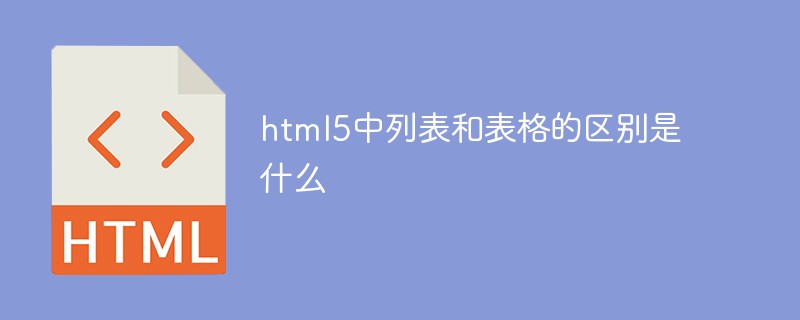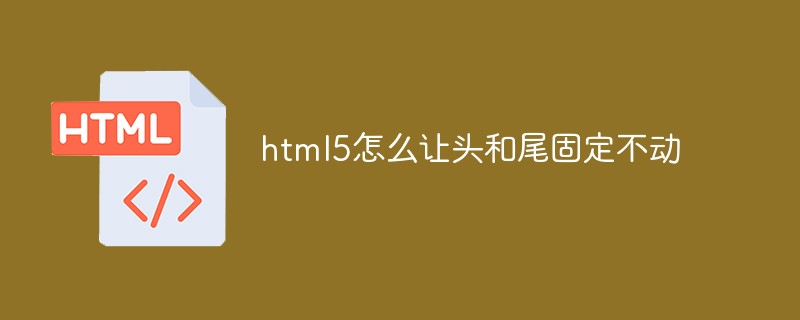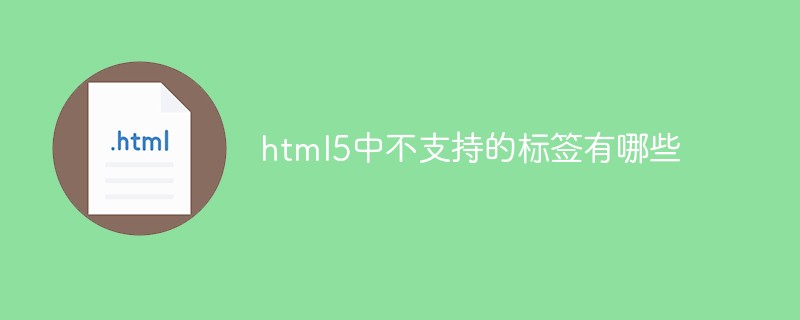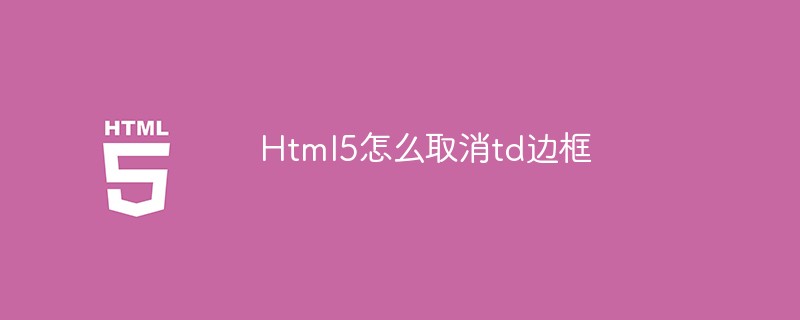 Web Front-end
Web Front-end H5 Tutorial
H5 Tutorial A brief analysis of the principles of implementing WebSocket protocol in HTML5_html5 tutorial skills
A brief analysis of the principles of implementing WebSocket protocol in HTML5_html5 tutorial skillsThe WebSocket protocol is designed to work with existing network infrastructure. As part of this design principle, the protocol specification for a WebSocket connection defines an HTTP connection as the beginning of its life cycle, thus ensuring full backward compatibility with the pre-WebSocket world. Generally speaking, switching WebSocket from HTTP protocol is called WebSocket handshake.
The browser sends a request to the server, indicating that it wants to switch the WebSocket protocol from HTTP. The client’s desire expressed through the upgrade title, the code is as follows:
Origin: http://websocket.org
Cookie: __utma=99as
Connection: Upgrade
Host: echo.websocket.org
Sec-WebSocket-Key : uRovscZjNol/umbTt5uKmw==
Upgrade: websocket
Sec-WebSocket-Version: 13
If the server understands the WebSocket protocol, it agrees to the protocol switch via the Upgrade header.
Date: Fri, 10 Feb 2012 17:38:18 GMT
Connection: Upgrade Server: Kaazing Gateway
Upgrade: WebSocket
Access-Control-Allow-Origin: http://websocket.org
Access- Control-Allow-Credentials: true
Sec-WebSocket-Accept: rLHCkw/SKsO9GAH/ZSFhBATDKrU=
Access-Control-Allow-Headers: content-type
At this point the HTTP connection breaks down and replaces the WebSocket connection on the same underlying TCP/IP connection. WebSocket connections use HTTP (80) and the same port as HTTPS (443), by default.
After the connection is established, WebSocket data frames can be sent back and forth between the client and server in full-duplex mode. Both text and binary frames can be sent simultaneously in both directions. Only two bytes of data are minimally framed. For text frames, each frame starts at 0x00 bytes and ends at 0xff bytes, containing UTF-8 data. WebSocket text frames use a terminator, while binary frames use a prefix length.
 html5的div一行可以放两个吗Apr 25, 2022 pm 05:32 PM
html5的div一行可以放两个吗Apr 25, 2022 pm 05:32 PMhtml5的div元素默认一行不可以放两个。div是一个块级元素,一个元素会独占一行,两个div默认无法在同一行显示;但可以通过给div元素添加“display:inline;”样式,将其转为行内元素,就可以实现多个div在同一行显示了。
 html5中列表和表格的区别是什么Apr 28, 2022 pm 01:58 PM
html5中列表和表格的区别是什么Apr 28, 2022 pm 01:58 PMhtml5中列表和表格的区别:1、表格主要是用于显示数据的,而列表主要是用于给数据进行布局;2、表格是使用table标签配合tr、td、th等标签进行定义的,列表是利用li标签配合ol、ul等标签进行定义的。
 html5怎么让头和尾固定不动Apr 25, 2022 pm 02:30 PM
html5怎么让头和尾固定不动Apr 25, 2022 pm 02:30 PM固定方法:1、使用header标签定义文档头部内容,并添加“position:fixed;top:0;”样式让其固定不动;2、使用footer标签定义尾部内容,并添加“position: fixed;bottom: 0;”样式让其固定不动。
 HTML5中画布标签是什么May 18, 2022 pm 04:55 PM
HTML5中画布标签是什么May 18, 2022 pm 04:55 PMHTML5中画布标签是“<canvas>”。canvas标签用于图形的绘制,它只是一个矩形的图形容器,绘制图形必须通过脚本(通常是JavaScript)来完成;开发者可利用多种js方法来在canvas中绘制路径、盒、圆、字符以及添加图像等。
 html5中不支持的标签有哪些Mar 17, 2022 pm 05:43 PM
html5中不支持的标签有哪些Mar 17, 2022 pm 05:43 PMhtml5中不支持的标签有:1、acronym,用于定义首字母缩写,可用abbr替代;2、basefont,可利用css样式替代;3、applet,可用object替代;4、dir,定义目录列表,可用ul替代;5、big,定义大号文本等等。
 html5废弃了哪个列表标签Jun 01, 2022 pm 06:32 PM
html5废弃了哪个列表标签Jun 01, 2022 pm 06:32 PMhtml5废弃了dir列表标签。dir标签被用来定义目录列表,一般和li标签配合使用,在dir标签对中通过li标签来设置列表项,语法“<dir><li>列表项值</li>...</dir>”。HTML5已经不支持dir,可使用ul标签取代。
 Html5怎么取消td边框May 18, 2022 pm 06:57 PM
Html5怎么取消td边框May 18, 2022 pm 06:57 PM3种取消方法:1、给td元素添加“border:none”无边框样式即可,语法“td{border:none}”。2、给td元素添加“border:0”样式,语法“td{border:0;}”,将td边框的宽度设置为0即可。3、给td元素添加“border:transparent”样式,语法“td{border:transparent;}”,将td边框的颜色设置为透明即可。
 html5是什么意思Apr 26, 2021 pm 03:02 PM
html5是什么意思Apr 26, 2021 pm 03:02 PMhtml5是指超文本标记语言(HTML)的第五次重大修改,即第5代HTML。HTML5是Web中核心语言HTML的规范,用户使用任何手段进行网页浏览时看到的内容原本都是HTML格式的,在浏览器中通过一些技术处理将其转换成为了可识别的信息。HTML5由不同的技术构成,其在互联网中得到了非常广泛的应用,提供更多增强网络应用的标准机。


Hot AI Tools

Undresser.AI Undress
AI-powered app for creating realistic nude photos

AI Clothes Remover
Online AI tool for removing clothes from photos.

Undress AI Tool
Undress images for free

Clothoff.io
AI clothes remover

AI Hentai Generator
Generate AI Hentai for free.

Hot Article

Hot Tools

EditPlus Chinese cracked version
Small size, syntax highlighting, does not support code prompt function

SublimeText3 Chinese version
Chinese version, very easy to use

DVWA
Damn Vulnerable Web App (DVWA) is a PHP/MySQL web application that is very vulnerable. Its main goals are to be an aid for security professionals to test their skills and tools in a legal environment, to help web developers better understand the process of securing web applications, and to help teachers/students teach/learn in a classroom environment Web application security. The goal of DVWA is to practice some of the most common web vulnerabilities through a simple and straightforward interface, with varying degrees of difficulty. Please note that this software

PhpStorm Mac version
The latest (2018.2.1) professional PHP integrated development tool

Dreamweaver CS6
Visual web development tools





